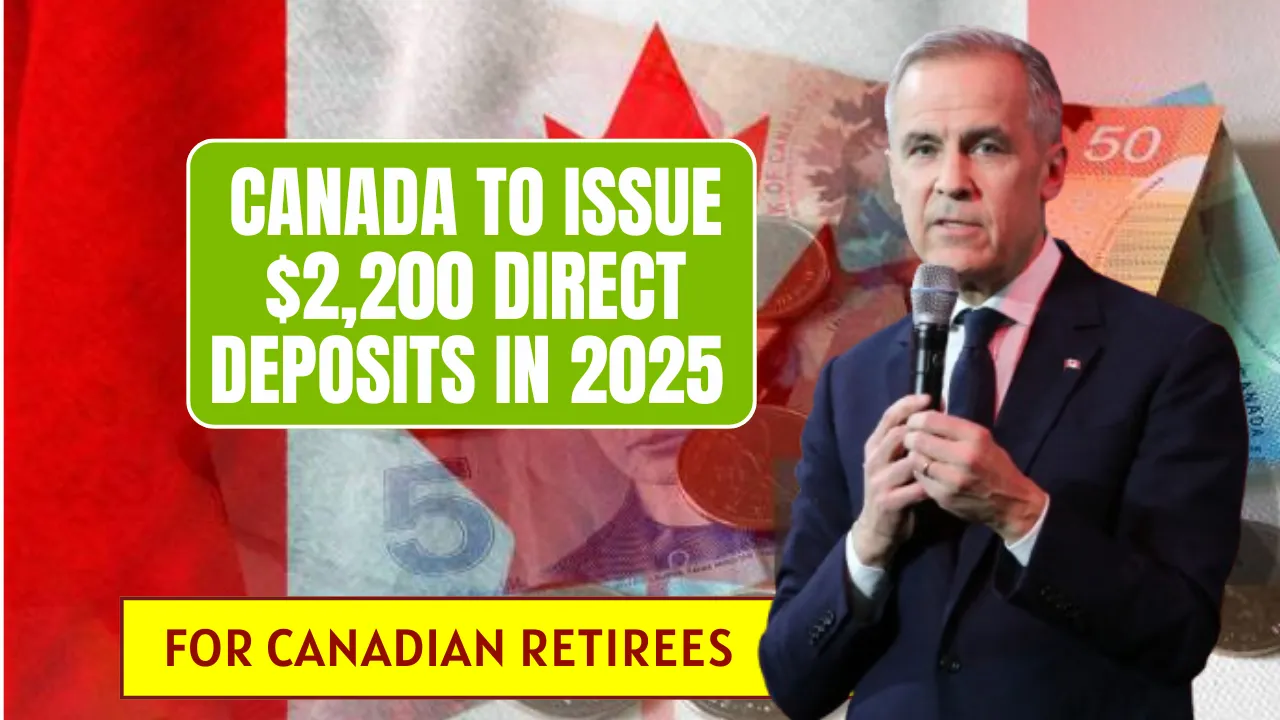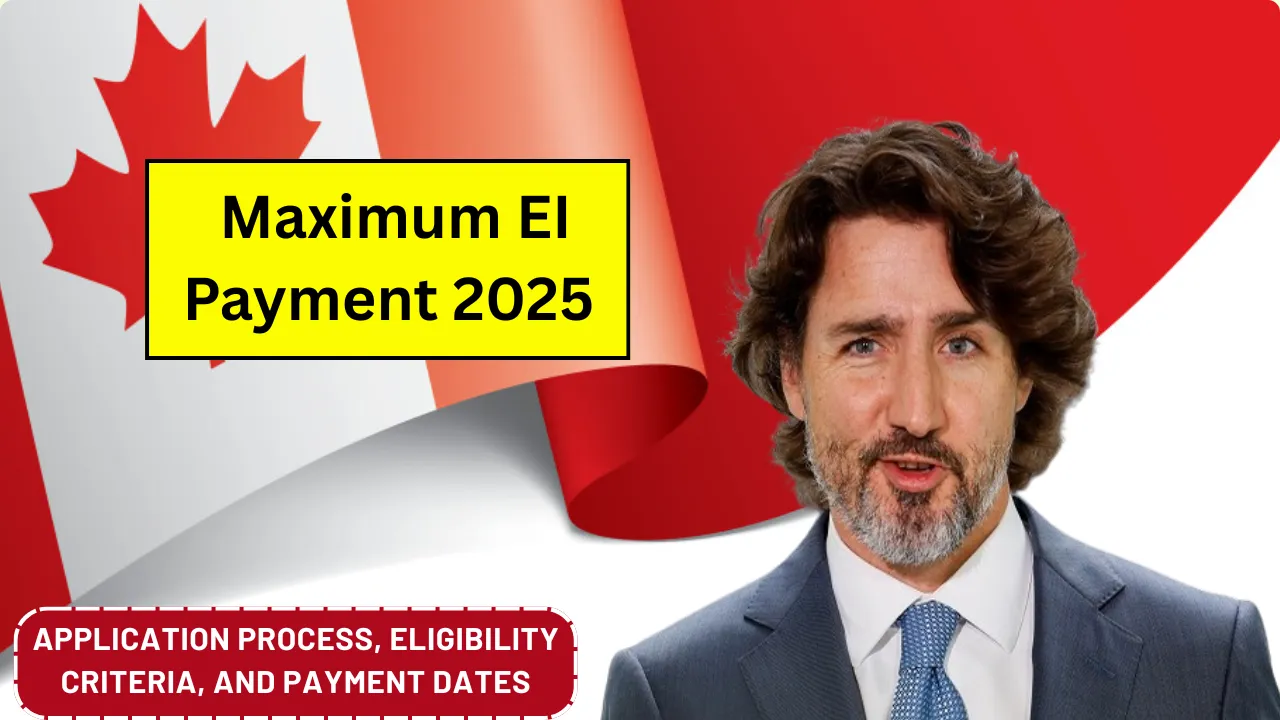OAS payment increase June 2025: With the cost of living still climbing, Canadian seniors are eagerly watching for updates on government benefits. One of the biggest headlines lately has been about a potential $2,250 monthly payment tied to Old Age Security. It sounds like a major boost for retirees—but is it really happening?
If you’re trying to understand the OAS payment increase June 2025, it’s key to know that there’s no flat raise for every senior. The $2,250 figure refers to a combined benefit, including Old Age Security and the Guaranteed Income Supplement, which only some low-income individuals qualify for. In this article, we break down what this amount really means, who could get it, and how the June 2025 changes may affect your monthly payments.
OAS payment increase June 2025
With the buzz around senior benefits growing, many Canadians are wondering what the OAS payment increase June 2025 really means. Rather than being a flat $2,250 bonus, this amount reflects the possible total of Old Age Security and the Guaranteed Income Supplement combined—available only to low-income seniors who meet specific requirements. Understanding how this increase works can help seniors plan their finances and ensure they receive all the benefits they qualify for.
OAS payment increase June 2025 – Overview Table
| Detail | Information |
| OAS (Ages 65–74) | $727.67/month |
| OAS (Ages 75+) | $800.44/month |
| GIS Max (Single) | Up to $1,086.88/month |
| Combined Max Monthly (2025) | Around $2,250 (OAS + GIS + potential provincial top-ups) |
| Next Adjustment Review | June 2025 |
| Payment Type | Monthly, adjusted quarterly based on inflation |
Overview
There’s no one-time $2,250 payment coming for all seniors in June 2025. Instead, the figure represents the highest possible monthly total for a senior receiving both Old Age Security and the Guaranteed Income Supplement. Only seniors with very low income and full residency qualifications will see this total.
What Is OAS
Old Age Security is a monthly pension paid to Canadians aged 65 and over. Unlike other programs like CPP, OAS does not require a work history. Instead, eligibility is based on age and residency. Full OAS is available if you’ve lived in Canada for at least 40 years after age 18. Otherwise, a partial amount is paid based on how many years you’ve lived in the country.
How OAS Works
Several things impact how much OAS you get:
- Your age: Seniors 75 and older get a higher rate than those aged 65 to 74.
- Residency history: You need to have lived in Canada for at least 10 years post-18 to qualify.
- Annual income: If your 2025 income is over $79,000, your OAS may be reduced. If it’s above $142,000, it could be clawed back entirely.
What Is GIS
The Guaranteed Income Supplement is an additional, tax-free monthly payment for low-income seniors receiving OAS. GIS is income-based—if you earn little to nothing outside OAS, you could receive the full supplement. For a single senior in 2025, that amount can be up to $1,086.88 per month. With OAS, this brings the total close to $2,250 for some individuals.
Is the $2,250 Real?
Yes, the $2,250 amount is possible—but only for a specific group. To receive it, you must:
- Get full OAS (especially the higher 75+ rate).
- Qualify for the maximum GIS.
- Possibly receive provincial top-ups like those offered in Ontario, Alberta, or Quebec.
This is not a universal benefit. If you have income from other sources or don’t qualify for full OAS, your monthly total will be less.
Who Qualifies
To receive the full combined benefit:
- You must be 65 or older.
- Your income must be low enough to qualify for GIS.
- You need to have lived in Canada for at least 10 years after age 18.
- Seniors aged 75+ get a higher OAS base, increasing their potential total.
Seniors with pensions, investments, or other income will likely receive reduced or no GIS, keeping their monthly income below $2,250.
Timeline
OAS and GIS payments are reviewed and adjusted every quarter: January, April, July, and October. These changes are based on inflation, using the Consumer Price Index (CPI). While there’s no specific payment increase coming in June, the OAS payment increase June 2025 refers to the expected inflation-related adjustment reflected in the July payment.
Also, if you turn 75 at any point in 2025, your OAS will automatically increase starting the month after your birthday—from $727.67 to $800.44.
Extra Support
In addition to federal OAS and GIS benefits, some provinces offer extra support:
- Ontario: GAINS program adds to GIS.
- British Columbia and Alberta: Provide monthly supplements for low-income seniors.
- Quebec: Offers its own income programs that can enhance federal payments.
These provincial programs can bring some seniors’ total benefits even higher than $2,250.
Tips
To get the most from your retirement benefits:
- Always file your tax return—your GIS depends on your current income details.
- Apply for OAS early, ideally six months before you turn 65.
- Keep CRA informed of income changes or address updates.
- Review provincial benefit programs in your area—you may be eligible for more than you think.
FAQs
Will I get a $2,250 payment in June 2025?
No. That amount reflects a combination of OAS, GIS, and possible provincial benefits for some low-income seniors.
How much is OAS for seniors over 75?
As of 2025, it’s $800.44 per month.
What is GIS and who gets it?
The Guaranteed Income Supplement is for low-income seniors receiving OAS. The less income you have, the more GIS you may receive.
How often are payments adjusted?
Quarterly—in January, April, July, and October—based on inflation data.
Is OAS taxable?
Yes, OAS is considered taxable income in Canada, though GIS is not.
Final Thought
While there’s no one-time $2,250 payout in June, the OAS payment increase June 2025 could mean a small bump if inflation remains high. For seniors with little or no other income, the full combination of OAS and GIS may bring total monthly support close to that $2,250 figure.
If you or someone you know is navigating retirement income, be sure to check CRA accounts and provincial resources. Leave a comment if you have questions—and don’t forget to explore our other updates on Canadian benefits.












